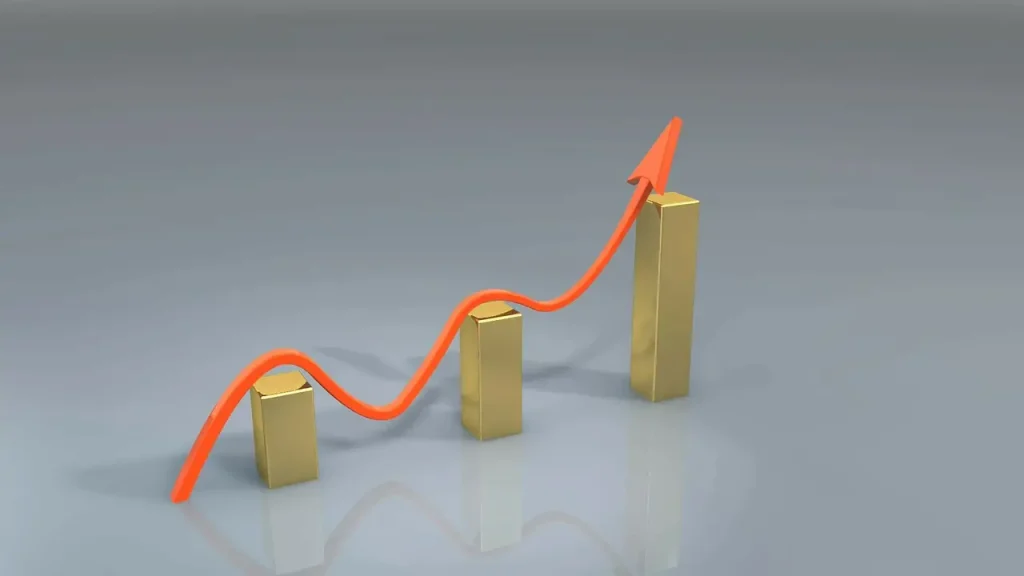The economy’s contraction in 2020 “is mainly attributable to the impact of the COVID-19 pandemic on service exports, particularly tourism, which suffered greatly due to the fall in demand for air travel and the imposition of travel restrictions in many countries.”
Croatia’s private consumption also fell, reflecting the accumulation of involuntary and precautionary savings.
Following a better-than-expected third quarter, the country’s GDP is estimated to have contracted again towards the end of the year as pandemic suppression measures were reintroduced in December.
This contraction is lower than the previous projections of -9.6%, as stated by the EC in its Autumn Economic Forecast. However, the latest forecasts about the rise in 2021 are smaller in comparison to the previously projected recovery at a rate of 5.7%, while the projected growth for 2022 has been revised upward from 3.7% to 4.6%.
“Real GDP is forecast to bounce back by 5.3% in 2021, as domestic demand should rebound once pandemic containment measures are phased out and more people are vaccinated.,” the EC says.
“Pent-up demand, coupled with a gradual recovery in the labour market, is expected to boost private consumption. Investment should rebound on the back of the already strong dynamics in the construction sector, supported by rebuilding efforts following the strong earthquakes in the Banija region and Zagreb.
“A gradual pick up in longer-term investment projects, is also expected. The recovery in external demand, however, is expected to be uneven. Goods exports are expected to increase strongly on the back of the improved global outlook but services exports are projected to remain subdued in both 2021 and 2022 compared to their 2019 levels.
“This is mainly because the recovery in the travel and hospitality sectors are likely to take several years. This forecast does not include any measures expected to be funded under the Recovery and Resilience Facility, posing an upside risk to the growth projections.
“HICP inflation rate dropped to 0% in 2020 on the back of a strong decline in energy prices, while core inflation remained broadly stable at around 1%. As the effect of last year’s fall in oil prices dissipates, inflation is expected to pick up slightly in 2021 but should remain subdued throughout the forecast horizon (1.2% in 2021 and 1.5% in 2022),” reads the Croatia section of the EC Winter Economic Forecast.
Croatia ranks 3rd in terms of expected rise in 2021, fourth in terms of fall in 2020
For the sake of comparison, Spain is expected to have the most robust recovery in 2021, at a rate of 5.6%, France follows (5.5%), and Croatia ranks third among the 27 EU member-states.
When it comes to the economic downturn in 2020, Spain again tops the ranking (-11%), Greece is the runner-up (-10%), and Malta ranks third (-9%), while Croatia comes as fourth with a negative growth rate of 8.9%.








